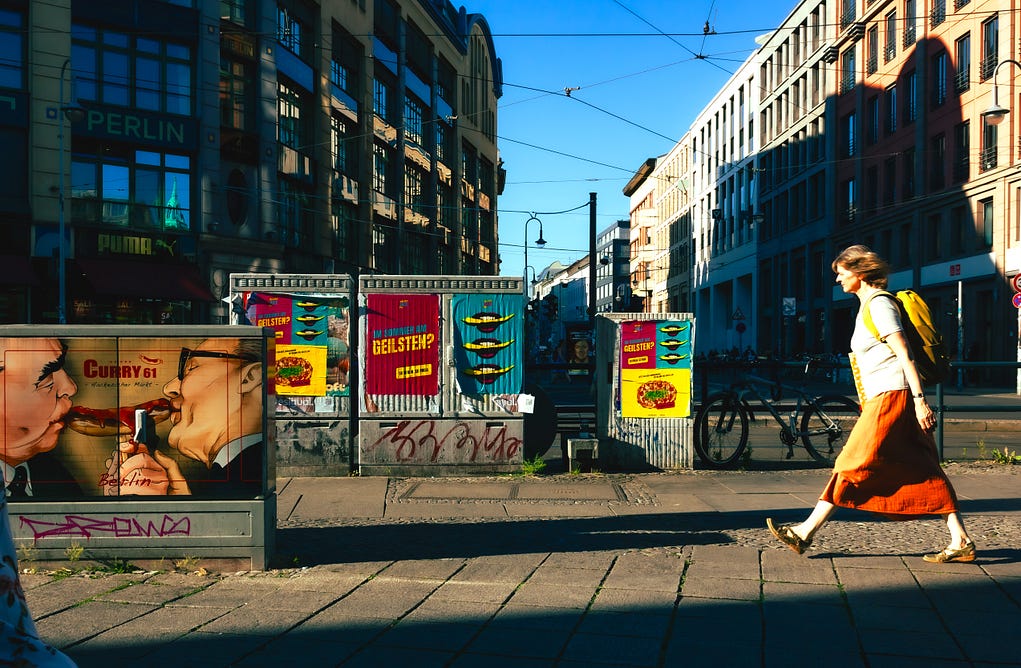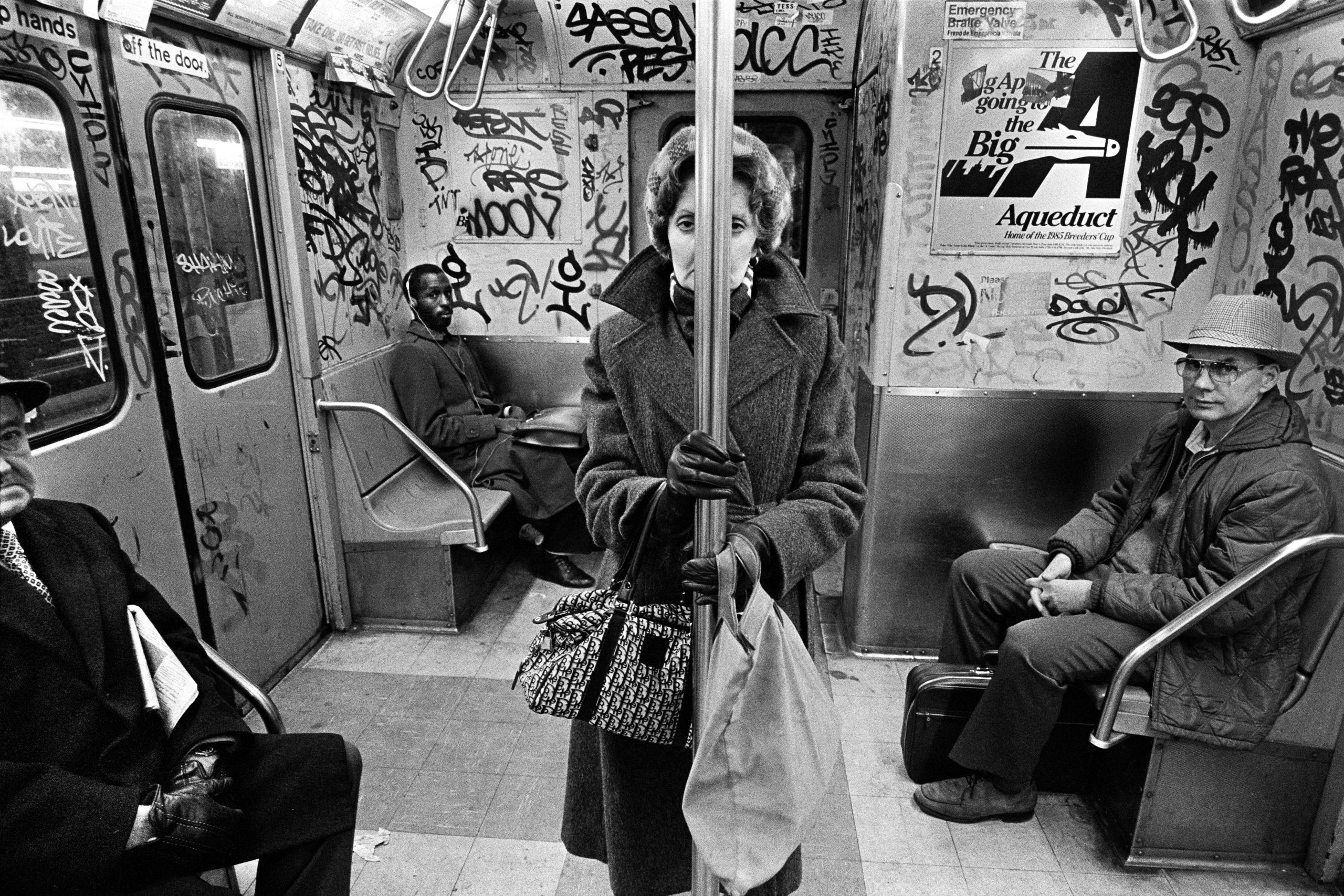6 Simple Techniques For Street Photographers
Table of ContentsStreet Photographers - An OverviewSome Known Facts About Street Photographers.The Best Strategy To Use For Street PhotographersHow Street Photographers can Save You Time, Stress, and Money.Fascination About Street Photographers
, a genre of photography that documents daily life in a public place. The very publicness of the setting makes it possible for the digital photographer to take candid images of unfamiliar people, usually without their understanding. Street photographers do not always have a social purpose in mind, yet they favor to isolate and record moments which might otherwise go undetected.He was affected by many of those that affected the road photographers of the 1950s and '60s, he was not primarily interested in capturing the spirit of the street., who worked side by side with photographers attempting to capture the essence of metropolitan life.
Due to the fact that of the relatively primitive innovation readily available to him and the lengthy exposure time required, he struggled to capture the stress of the Paris roads. He tried out with a collection of photo methods, attempting to discover one that would allow him to record movement without a blur, and he found some success with the calotype, patented in 1841 by William Henry Fox Talbot. While the digital photographers' topic was essentially the very same, the outcomes were noticeably various, showing the impact of the photographer's intent on the personality of the photos he created.
The Single Strategy To Use For Street Photographers
Offered the fine high quality of his pictures and the breadth of material, engineers and musicians typically bought Atget's prints to utilize as referral for their own work, though business interests were barely his primary inspiration. Instead, he was driven to photo every last residue of the Paris he enjoyed.

Unlike his peers, Brassa made use of a larger-format Voigtlnder camera with a longer direct exposure time, requiring him to be more calculated and thoughtful in his technique than he might have been if making use of a Leica. (It is believed that he might not have actually been able to manage a Leica at that time, however he did, nevertheless, make use of one in the late 1950s to take colour photos.) Brassa's pictures of the Paris underworld lit up by fabricated light were a revelation, and the collection of the collection that he released, (1933 ), was a major success.

The Best Guide To Street Photographers
It is as a result of this essential understanding of the art of image taking that he is often attributed with uncovering the medium around once again approximately a century considering that its innovation. He took photographs for greater than a half century and influenced generations of digital photographers to trust their eye and intuition in the moment.
These are the inquiries I shall attempt to answer: And after that I'll leave you with my own interpretation of road digital photography. Yes, we do. Allow's kick off with specifying what a meaning is: According to it is: "The act of specifying, or of making something guaranteed, distinct, or clear".
No, absolutely not. The term is both restricting and misdirecting. Seems her latest blog like a road digital photography must be pictures of a roads right?! And all road photographers, with the exception of a handful of outright newbies, will totally value that a road is not the essential part to road digital photography, and really if it's an image of a street with possibly a few boring people not doing anything of interest, that's not road photography that's a photo of a street.
Some Known Factual Statements About Street Photographers
He makes a valid factor don't you believe? While I concur with him I'm not sure "candid public photography" will capture on (although I do kind of like the term "honest photography") due to the fact that "road digital photography" has actually been around for a long time, with several masters' names attached to it, so I believe the term is below to stay. Street Photographers.
You can shoot at the coastline, at an event, in an alley, in a park, in a piazza, in a coffee shop, at a gallery or art gallery, in a metro terminal, at an event, on a bridge, under a bridge ...
Not known Factual Statements About Street Photographers
Yes, I'm afraid we worried no choice! Without guidelines we can not have a meaning, and without a meaning we my website do not have a style, and without a style we don't have anything to define what we do, and so we are stuck in a "policies interpretation genre" loophole! - Street Photographers
